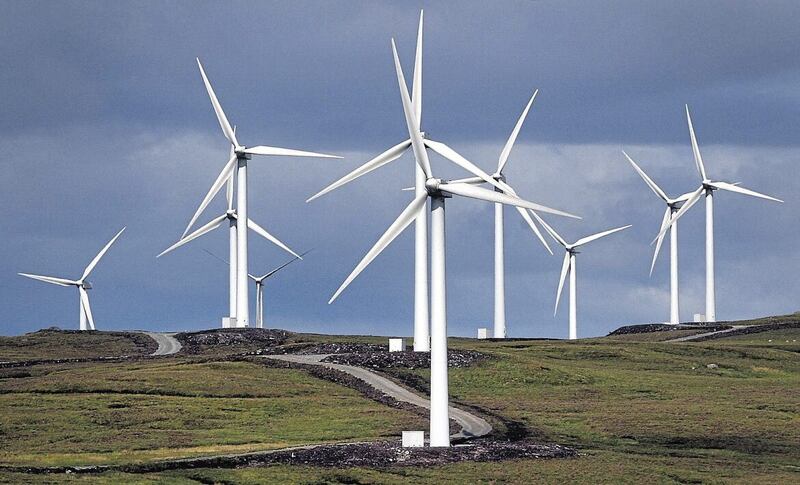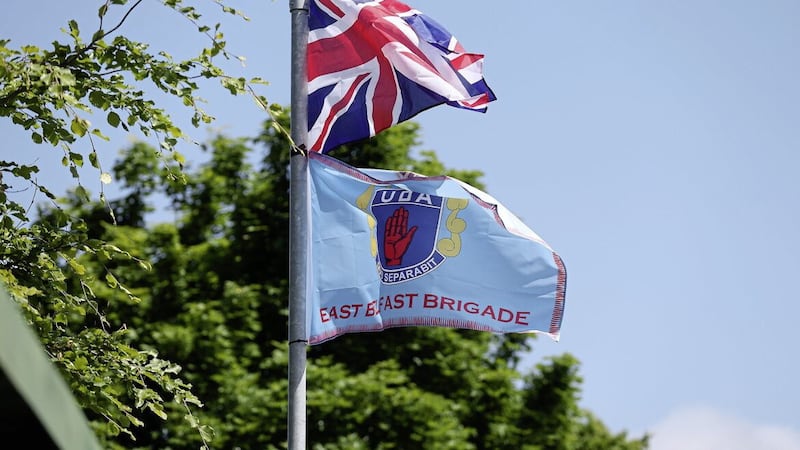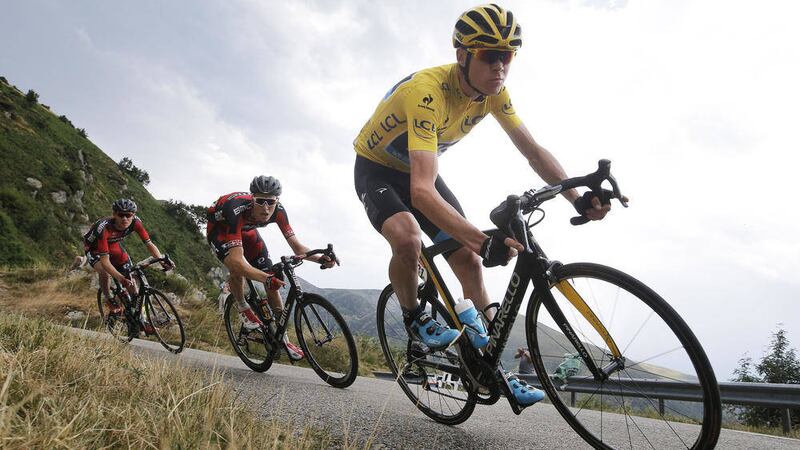Thirty years is a long time, even if it can seem to pass by in the proverbial blink of an eye.
One score and 10 years ago, we were in the midst of the Troubles in the north. Loyalists would be embarking on a sustained sectarian assassination campaign in the summer/autumn whilst the IRA bombed London and Bournemouth. The Shankill and Greysteel atrocities were just a few months away.
The south was also a very different place.
The Ireland of 1993 was on the cusp of experiencing a sustained period of economic growth that would begin to transform the southern state.
Read more:
Chris Donnelly: The Orange Order can learn from Féile an Phobail
Chris Donnelly: Case for border poll now overwhelming
Mary Kelly: If only there was a brave leader who could knock a few DUP heads together
This was a society which would only vote to legalise abortion two years later. The Republic of Ireland at that time had a woeful roads infrastructure, as anyone who endured the torturous Belfast to Dublin round trip back then will confirm.
Social media, mobile phones and the internet were yet to become a part of people’s lives in an Ireland still synonymous with Catholicism, the Troubles and emigration. U2, the cast of The Commitments and the late (and great) Sinéad O’Connor were perhaps the most instantly recognisable Irish faces and voices abroad alongside Jack Charlton’s Boys in Green.
It is only possible to fully appreciate the extent to which Ireland has changed when we take time to stop and think about how many ways that things are different nowadays.
Of course, it begs the question: what do we want Ireland to look like in 2053?
Long-term plans encourage an indulgence of fantastical ideas, and there certainly is an element of that in the All-Island Strategic Rail Review published last week.
The report is impressive in setting out a vision of what rail transport could look like across the island, with ‘could’ being the operative word.
We do not have a good track record when it comes to bringing grand plans to fruition. My first thoughts upon reading the report were of the A5 motorway connecting Dublin to Derry which remains a pipe dream.
Then there is the National Children’s Hospital in Dublin. First proposed in 1993, the project initially estimated to cost €650 million is now likely to run to €2 billion, the 2014 completion date almost certain to be missed by more than a decade. At least it will be built.
The Irish government’s Climate Action Plan has a clear target of some 945,000 electric cars in the state by 2030, representing 30 per cent of all private vehicles. Last year, the Department of Transport announced that it was likely to fail to reach even half of that number.
But that is to concentrate on the negative.
Vision requires blue sky thinking, sprinkled with optimism, alongside the critical ingredients of pragmatic planning and efficient delivery. Thirty years ago we were still in darkness in this part of Ireland, and it was only for the vision of a select few political leaders that this society was able to find a way out of the quagmire.
Our generation has abjectly failed to prioritise addressing climate change, with the fires raging through many tourist destinations this summer bringing closer to home the consequences of our shameful shortcomings.
The UN Secretary General, Antonio Gutierres, was right to highlight how everything that has come to pass was predicted well in advance and that humans alone are to blame.
Scapegoating the cynical, populist politicians is too easy. A sobering lesson from the Uxbridge and South Ruislip by election this month is that politicians will react to public sentiment.
Consequently, alongside visionary planning for an ambitious island-wide rail network, Ireland needs to prioritise moving towards renewable energy, with both onshore and offshore wind farms set to play an even more crucial role in our future.
In 2022, wind farms provided 34 per cent of the Republic’s electricity, but the planning system requires reform to speed up the capacity to deliver on development of new projects. The state’s offshore wind auction was only held in March of this year.

We have a lot to learn from our British neighbours in this regard, with the UK’s Dogger Bank wind farm in the North Sea set to be the world’s largest.
The north of Ireland in 2023 may be a better place than it was in 1993, but it remains a work in progress.
Last week, Alliance’s Paula Bradshaw outlined her plans to bring a Private Member's Bill to a restored Stormont aiming to regulate the flying of flags across the north.
Anyone genuinely interested in moving towards an integrated society will acknowledge that the demarcation of territory by flag flying and kerb painting continues to play a central role in discouraging people to live together.
The failure of the PSNI to step up to the mark to date has meant that we have only inched closer towards integration. Bradshaw’s proposal will be opposed by the very same voices who railed against the regulation of parades but its introduction will be absolutely critical to ensuring that, 30 years from now, genuinely integrated communities begin to flourish across this part of Ireland.
Where we want to be in 2053 should dictate the big picture thinking of governments, civil servants and others involved in public policy development today in the fields of housing, health, economy, education, transport and environment.
A daunting prospect for any society, never mind one in a state of legislative paralysis, denied a government because of one party’s failure to come to terms with changes that have taken place over the last 30 years – never mind consider those required to take us forward.
The Irish government's recent funding announcements for programmes in the north are a welcome indication that it is finally getting serious about shaping the new Ireland rapidly evolving before our eyes. Tús maith, leath na hOibre.









